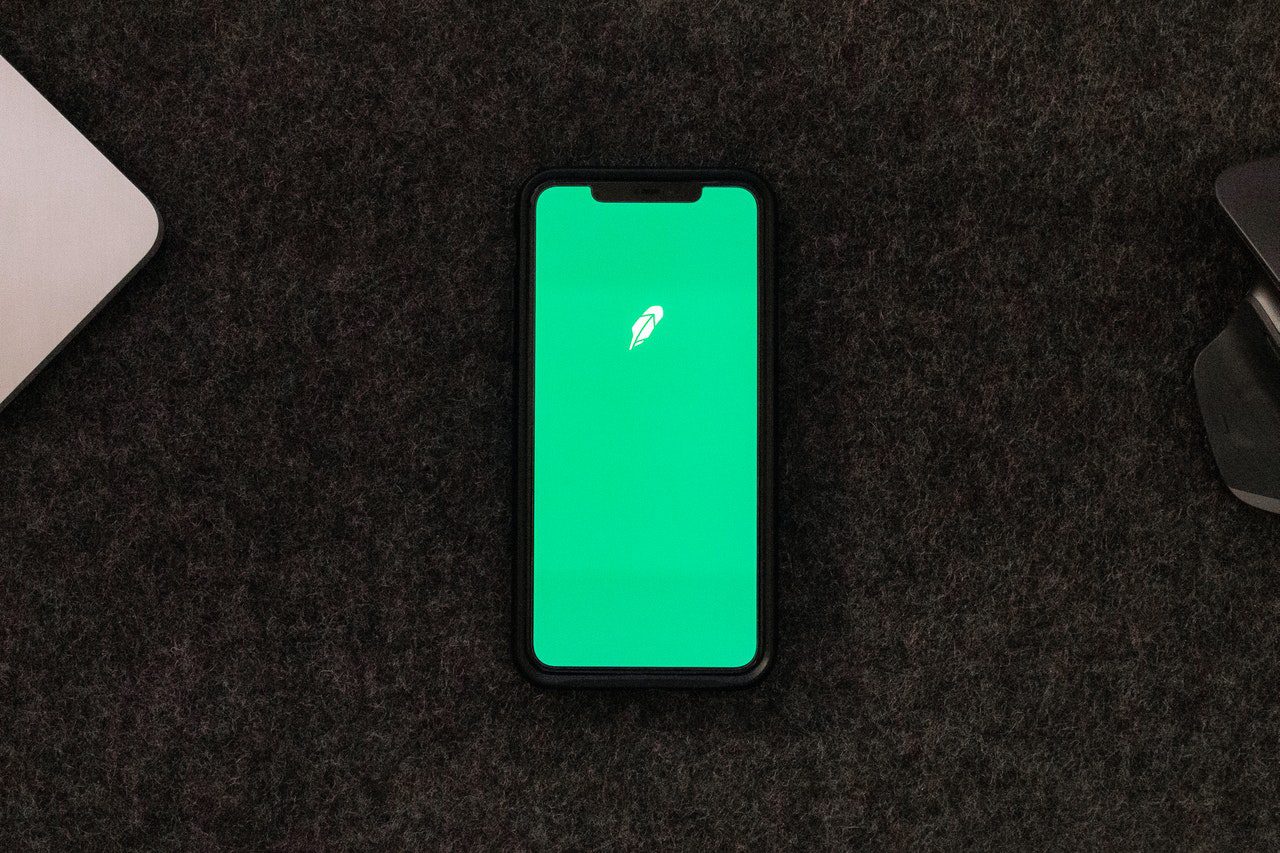Mobile trading is on the rise. Whether it’s peer payments, mobile wallets or trading stock and cryptocurrencies, smartphone-based fintech is a hot market – in fact, this sector is growing at a rate of roughly 20 percent per year.
Leading the charge are a new breed of trading apps that use gamified, friction-reduced interfaces to bring the stock market to the masses.
Apps like Robinhood, Public and Webull take the once-complicated world of stocks and make them easily accessible and engaging to anyone. The result of this mobile app tech trend is an unprecedented rise in casual trading.
The Rise of Fintech and ‘Generation Investor’
The casual trading phenomenon has taken off in recent years. As many as 15 percent of current investors began in 2020, and it’s become such a big movement that it has its own name: “Generation Investor.”
Users can get started in minutes, betting on anything from surging penny stocks to Apple with a few taps.
It’s not just accessibility that’s enticing users, though. These apps are built from the ground up to make trading simple, fun, and even social. Communities have also gone viral on platforms like Reddit, where r/wallstreetbets helped drive the recent and infamous runs on GameStop and AMC stock.
The Top Interface Trends Engaging Casual Investors
The mobile nature of these services means you could be sitting at the bus stop or waiting for dinner in a restaurant and quickly browse, buy, and sell stocks right from your phone – and users are doing it in unprecedented numbers. Let’s dive in and see exactly what interface elements are driving this phenomenon.
1. Mobile first
One of the biggest factors in making trading easy and engaging is a focus on the mobile experience. This trend is nothing new – we’ve seen it across nearly every facet of technology.
Smartphones are faster and easier to engage with than laptops (or even tablets), and a fantastic mobile experience makes it more likely that users will return.
A simple mobile app may not be the first thing many people imagine when it comes to the stock market. However, by focusing on smaller screen sizes, touch-friendliness, and a simple user experience (UX), savvy brands like Webull and SoFi have turned trading into something you can pick up and do anywhere, which is huge for engagement.
2. Simplify the trading experience
Trading apps have done a fantastic job of taking the complex information needed for smart trading and presenting it in a simple, accessible way. They make all the details users need easily digestible at a glance, even for non-investors.
Robinhood is one of the best examples of this. It takes the entire process of buying and selling stocks and condenses it into a single step – all you have to do is enter a dollar amount. It doesn’t get much easier than that.
More traditional investment apps like Charles Schwab require several steps, including an in-depth review process, before you can buy, giving Robinhood and similar services a major advantage.
3. Focus on community and social
Top trading apps like Public incorporate extensive social elements. Users can see their network’s activity and even follow influencers on the platform to see what they’re buying and selling.
The sense of community this fosters makes people more likely to actively engage, particularly if they have friends using the service.
Additionally, the visibility into others’ trading habits also provides an excellent opportunity for less-seasoned investors to learn from those with more experience.
4. Gamify trading
Many of these modern trading apps resemble casual phone games more than a stock trading service. This accomplishes two critical tasks:
- Lowers the barrier to entry. Let’s face it, trading can be an intimidating prospect. By turning it into a simple, repeatable activity with built-in rewards apart from any gains you may make on the actual stocks, trading apps help reduce the tension and friction of the activity.
- Encourages repeat activity. Modern games – particularly mobile games – have become extremely good at tapping into our need for instant gratification, while providing just enough uncertainty and randomness to keep us coming back. By leveraging these same principles, trading apps can keep users coming back for more.
Again, Robinhood stands out as a great example of how to build a trading experience masquerading as a game. The app’s colors change based on your portfolio’s performance, from a happy (and money-colored) green to an urgent red. The app is also full of animations, which help liven up the activity and make users feel more like active participants.
5. Provide news and ideas that give direction to new traders
Many modern trading apps give news and information a prominent place in the user interface (UI) – some go so far as to require you to scroll past it to reach the trading interface. Again, this decision serves two purposes:
- Informing those who might need more information to make decisions.
- Fostering more engagement with the app, which in turn drives users back.
Public does this in an interesting way by grouping stocks into themes. Themes gather companies together by category and user interest (like sports, female-led, or plant-based), making it easier for traders to find a company they want to invest in.
Robinhood, on the other hand, requires you to scroll past news and stock ideas to reach the trading interface. This might seem to run counter to simplifying the experience, but it actually makes perfect sense: if someone is inexperienced and doesn’t know what to buy, the Ideas and news list can throw plenty of inspiration their way.
Investing Has Never Been Easier
Whether you’re totally new to trading or just looking for a simplified and streamlined experience, today’s new breed of mobile trading apps is full of promise. The rapid growth of the segment has made investing easier than ever, while the slick UIs of the apps themselves provide a masterclass in engagement and clever use of social cues to keep users coming back for more.



































